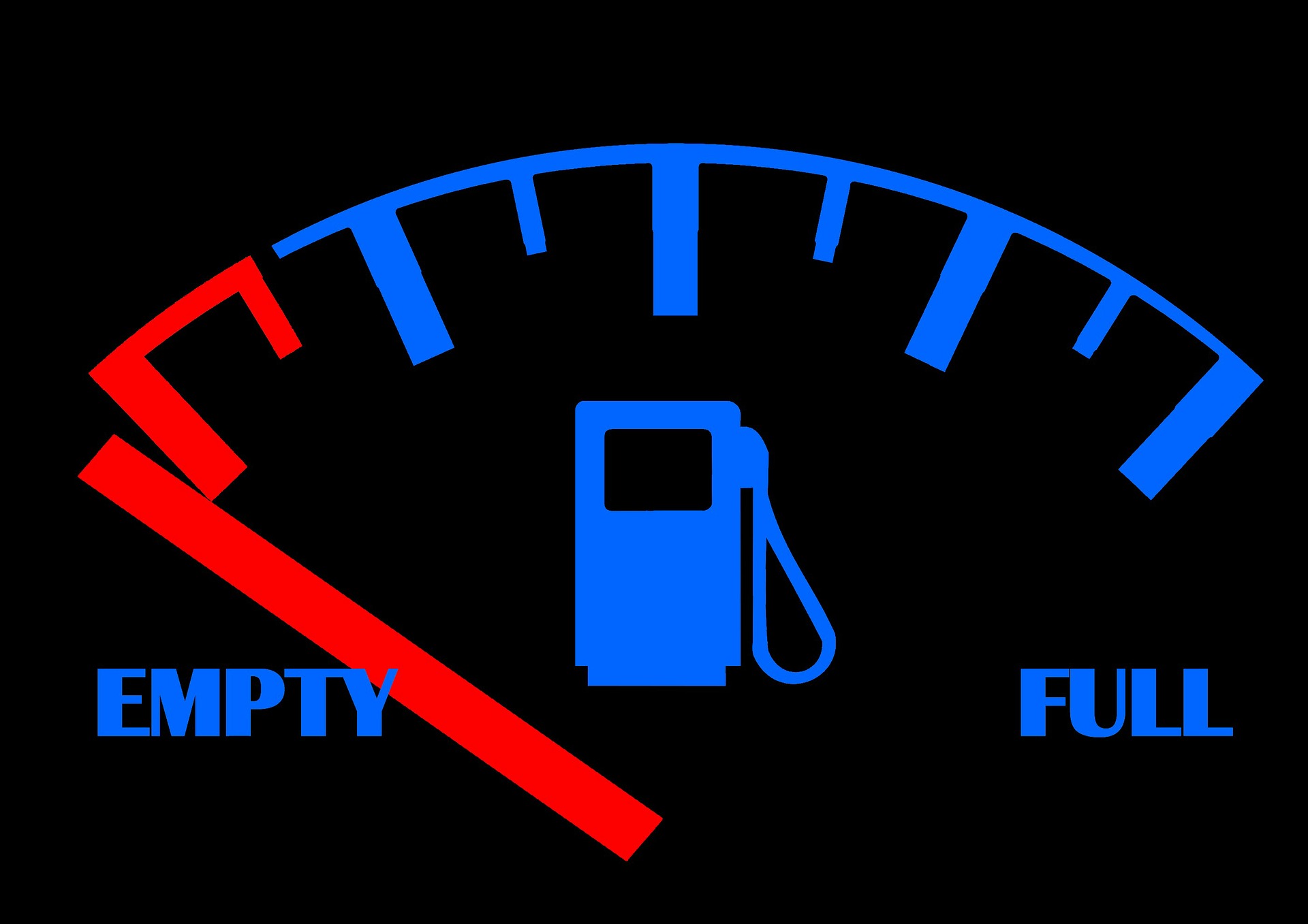In full transparency, the following is a press release from AAA Northeast (stock photo)
***
[broadstreet zone=”59945″]
FRAMINGHAM – If you run your car on fumes before gassing up, you might want to re-think your driving habits.Your vehicle’s fuel-economy display, which tells you the number of miles you can go before running out of gas, might not be as accurate as you think, says AAA.
AAA research reports “Miles-to-Empty” warning system estimates vary significantly among vehicles. But more important, those estimates depend upon individual driving habits such as speed, acceleration, and driving distance.
“Most drivers want to squeeze every drop of gas from their tank, especially when prices rise,” said Mary Maguire, AAA Northeast Director of Public and Government Affairs. “But by over-relying on these in-car displays, you might be taking unnecessary risks.”
Filling up when your tank is nearing empty can tax your fuel pump and cause other mechanical problems, said Ms. Maguire.
[broadstreet zone=”59946″]
In fact, nearly 75% of drivers use their “Miles-to-Empty” display to tell them when they need to fill up, an action AAA doesn’t recommend, a previous AAA consumer survey reported.
With the Automobile Club of Southern California’s Automotive Research Center, AAA tested several vehicles in simulated driving scenarios to determine the accuracy of fuel-economy systems and “Miles-to-Empty” warning systems.
Here’s what was found:
- Real-world fuel-economy displays showed low error margins compared to simulated tests. However, errors varied significantly from vehicle to vehicle, depending upon speed, acceleration, driving conditions, driving style and distance.
- The accuracy of the “Miles-to-Empty” tests also varied among different driving scenarios, such as highway driving, city driving and idling.
[broadstreet zone=”59948″]
Both vehicle systems are important tools in understanding how different driving styles affect fuel efficiency, said Ms. Maguire. “These systems can give drivers clearer pictures on ways specific driving habits influence their fuel economy,” she added. “But relying on them solely to determine when to fill up can very well lead to internal engine damage.”
To maximize fuel efficiency, AAA recommends drivers:
- Maintain at least a quarter tank of gas to prevent fuel pump damage that can occur when a gas tank is regularly run down to empty.
- Reset the vehicle’s trip mileage systems after each fill-up to see how fuel economy changes as driving conditions change.
- Avoid hard acceleration; properly inflate tires to recommended pressure.
- Minimize loads and use of roof racks to lessen drag.
- Consider reducing air conditioning use.
- Run multiple errands in one trip, and, whenever possible, avoid times when traffic is at its heaviest.

***
AAA Northeast is a not-for-profit auto club with 71 offices in Rhode Island, Massachusetts, Connecticut, New Jersey, New Hampshire and New York, providing more than 6 million local AAA members with travel, insurance, finance, and auto-related services
[broadstreet zone=”53820″]

